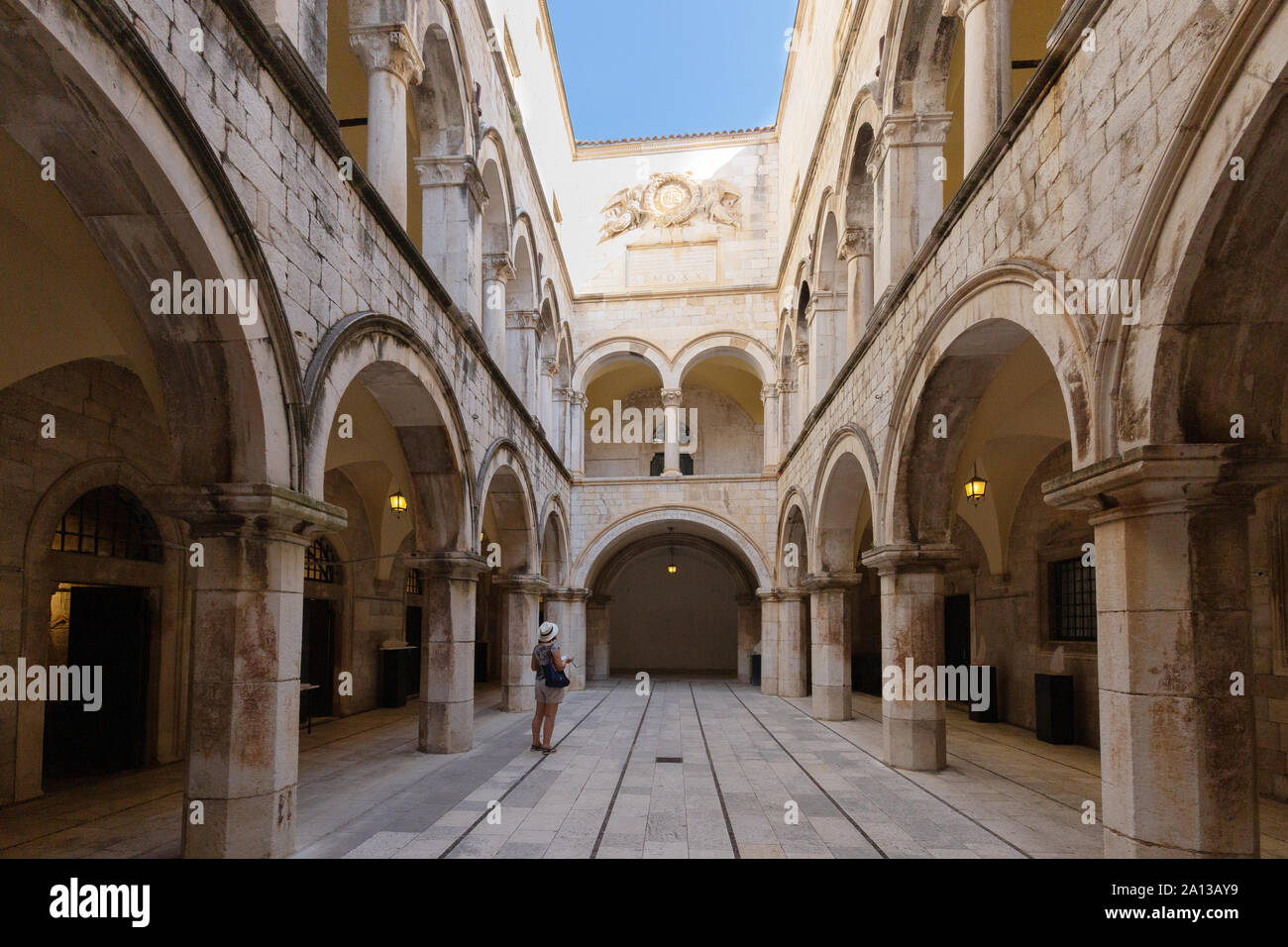Okay, so today I was messing around with some old stuff, and I stumbled upon this guy, John Sponza. I kinda remembered the name but couldn’t really place it. Turns out, this dude is pretty famous in the world of computer graphics. He did some cool stuff way back when, and his work is still used today. I was like, “Alright, let’s see what this is all about.”

I started digging around and found out that the “Sponza” model is, like, the thing for testing out new graphics techniques. It’s this virtual scene of a palace, and it’s got all sorts of details, like arches, columns, and plants. People use it to see how well their new lighting or rendering stuff works. I decided to give it a go myself and downloaded the model. It was pretty big, but I managed.
- First, I had to find the right software to open it.
- Then, I messed around with the settings to get it to look just right.
- Finally, I tried out a few different rendering techniques to see how it would look.
It took a while to get everything set up, but it was worth it. I played around with the lighting and shadows, trying to make it look as realistic as possible. I even tried adding some extra effects, like reflections and stuff. The results were pretty awesome, to be honest. I could see why this model is so popular. It’s really detailed and gives you a lot to work with.
Here is the thing I tried
- Checked out the model in different viewers.
- Messed with the lighting and shadows.
- Tried adding some reflections and other effects.
After a few hours of tinkering, I finally got something I was happy with. I rendered out a few images and even a short video. It was a fun little project, and I learned a lot about computer graphics in the process. Who knew that messing around with some old model could be so interesting? It just goes to show that you never know what you might find when you start exploring.
I’m not gonna say I’m some expert now, but I definitely have a better appreciation for all the work that goes into making those fancy graphics you see in games and movies. And it all started with this John Sponza guy. Kinda cool, right?










